What Was I Thinking…
In the world of film developers, there are many options for almost any film type and situation, and then there are the weird ones associated with closed imaging systems. And then there are developers like Formulary FX-2. I enjoy working with the strange, trying to use them to crack a tough film stock or figure out where a developer will fit within my film-developing kit. And through these reviews, I have found several that will be useful going forward. Developers like FX-39 II, Atomal 49, and R09 Spezial have now found spots in my kit as excellent film development tools. And then there is FX-2; I need clarification on this developer. First, there are almost no times available online, and one of those times is in a dilution that needs to make more sense for how the developer is mixed into a working solution. The documentation states that FX-2 produces negatives with a high degree of sharpness, normal grain, and engaging internal effects. It is also related to Formulary FX-1 but has lower acutance but finer-grain. But this is what I do: I review these developers to help people looking for something different, and FX-2 certainly fits that bill.
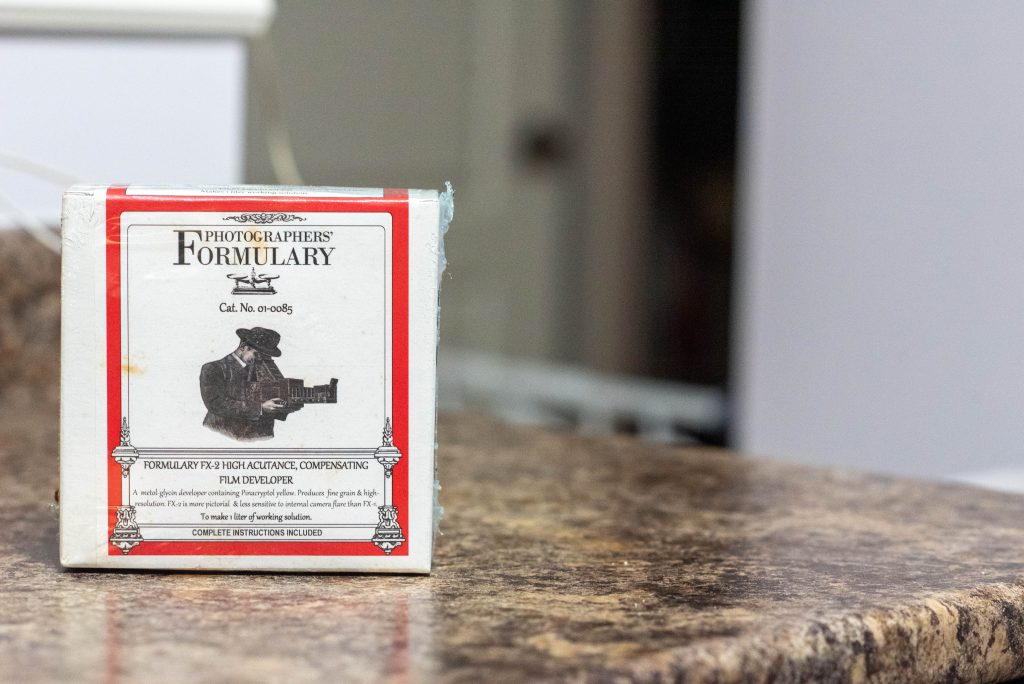
Technical Details
Manufacturer: Photographer’s Formulary
Name: FX-2
Primary Developer: Metol
Type: One-Shot
Mix From: Powder
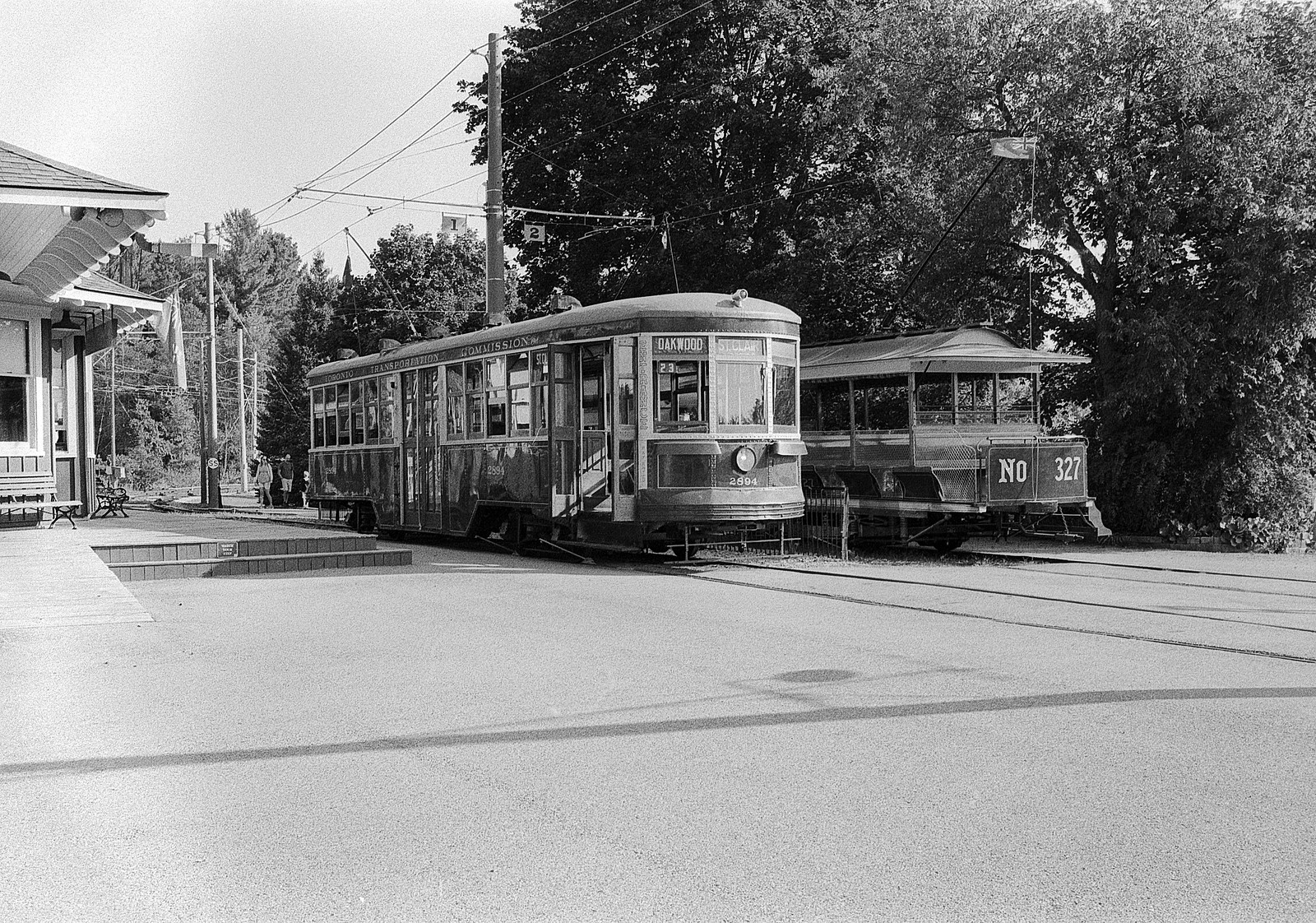


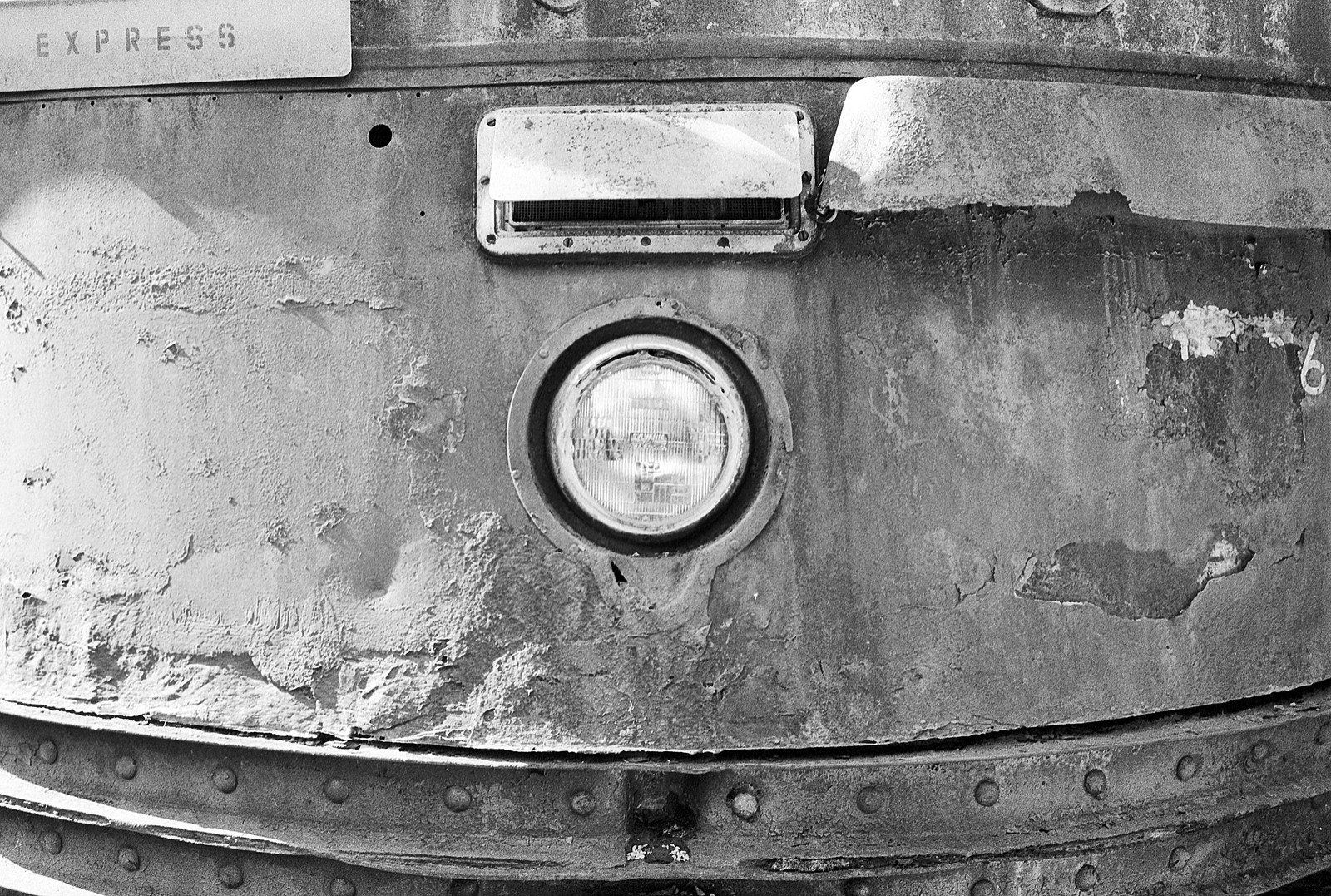
Handling
The standard developer kit has enough chemistry to mix up the two parts, but they come in separate bags, so mixing things in the order listed in the instructions is essential. If you aren’t used to this mixing, you should avoid FX-2. But as this comes from the Photographer’s Formulary, each bag has the correct amount of raw chemistry. You must also wear gloves and other PPE to prevent harm. If you’re looking for ease of use and best results, the instructions recommend using distilled water that has been boiled and then cooled to 32°C (90°F). Starting with Part A, pour out 900mL of your prepared water, and add a pinch of sodium sulfite, which helps prevent initial oxidation of the metol and glycin. Then, add the rest of the chemistry in order, allowing each to dissolve completely before adding the next, then top up the water to the 1L final volume. For Part B, add 800mL of water, the single chemistry and top up to 1L when the powder is dissolved. Both parts should be stored in brown bottles and kept in a cool, dark, dry place, and the listed shelf life is one year for the stock solutions. But keep an eye on Part A; when it turns a deep yellow, it has gone off and should be disposed of through your local hazardous waste disposal unit. When mixing to a working solution, you combine a dilution of 1+1+8, which adds up to 25mL of parts A and B, then up to a 500mL volume (my standard working volume) with distilled water, which does give you enough volume to run forty development cycles using 500mL of working solution per cycle. The developer seems to work well in both hand development and mechanical solutions without any real difficulties or radical changes in appearance. You will notice that most development times will be over ten minutes; the suggested time range is between 11-18 minutes. There are some exceptions, mainly Kentmere 100 and FP4+. But with a single development agent, metol, in this case, you won’t get short development times.

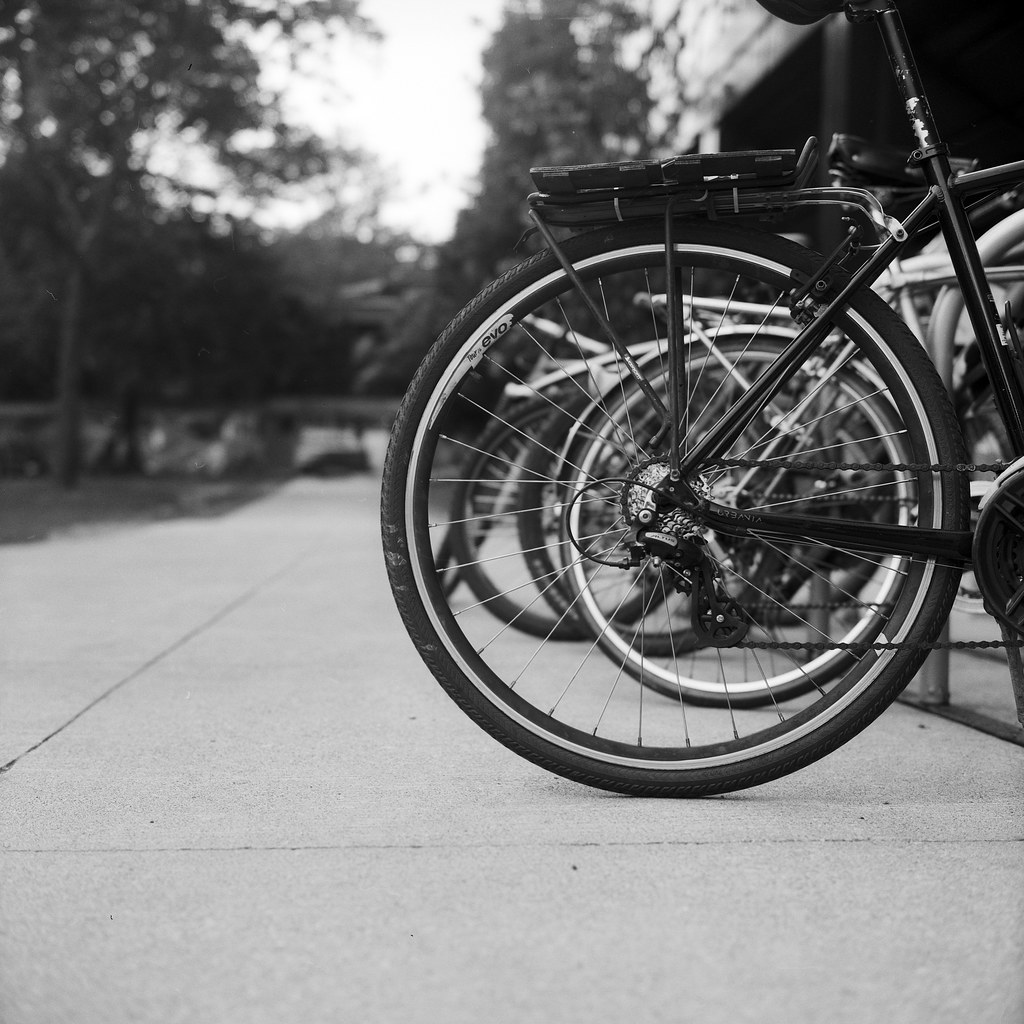

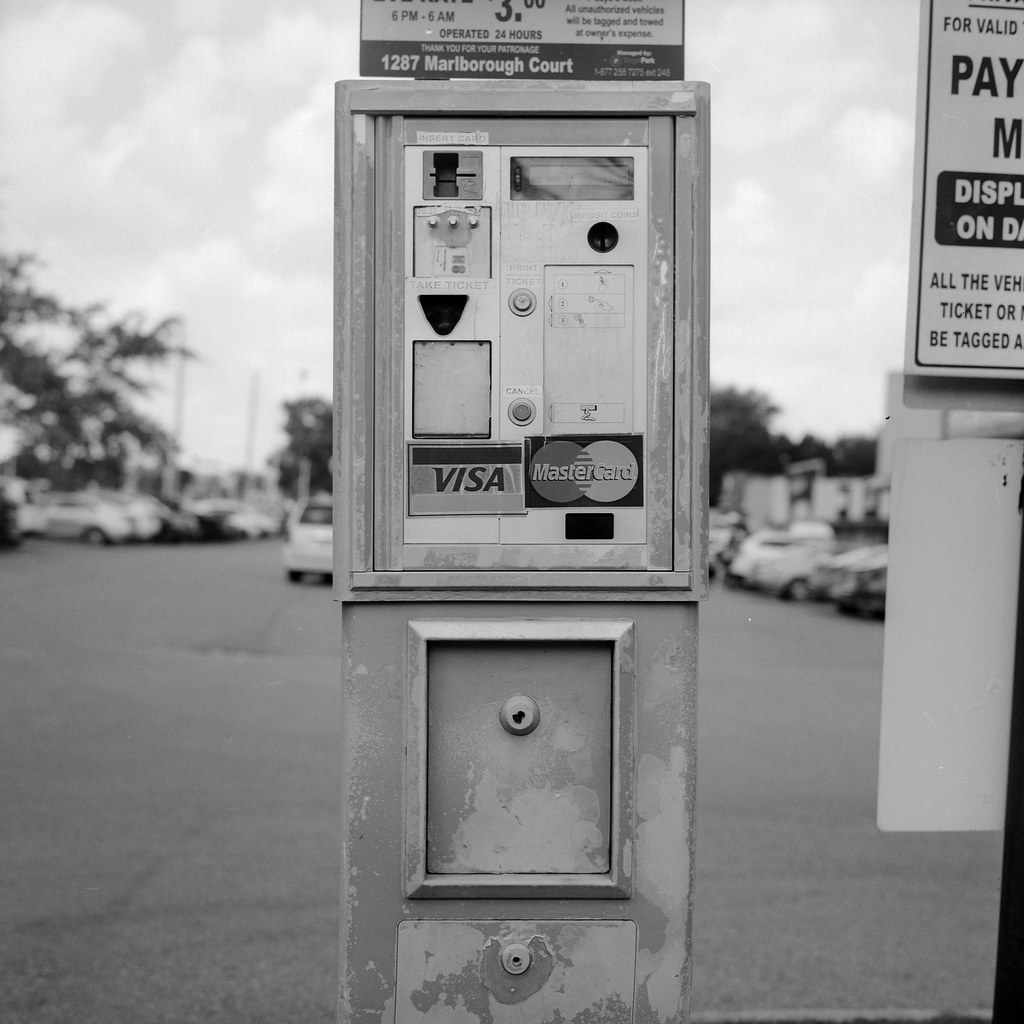
Applications
It is hard to nail down the application of a developer like FX-2 when you have such a limited run of films that have documented development times. That isn’t to say the only films that are good to use with FX-2 are Delta 100, Delta 400, FP4+, and various rebrands of Kentmere 100. You can always try running films through the developer and nailing down both the time and EI. Regarding EI, you’ll usually over-expose your film slightly from box speed, which can be a pain, but only sometimes. This is a developer to choose when you want to have a long development time, achieve a finer grain, and maximise your edge sharpness over a standard Metol-based developer like D-76, but without increasing your visible grain. This is an excellent developer to choose if you do a lot of darkroom printing, as I found scanning the negatives a little tricky. It also doesn’t matter if you’re using a traditional or modern T-Grain film stock, as it works well with both. However, I found I got better results from T-Grain films than traditional ones because they are naturally better at fine grain images with excellent edge sharpness. The biggest application for this developer isn’t a film or type of photography but rather the photographer. If you’re a photographer who loves to experiment and try and nail down the best EI and development times, then FX-2 is a developer for you. Because of the lack of information, save for a few benchmarks; it will give you a chance to try things out and play around to find the films that work the best.
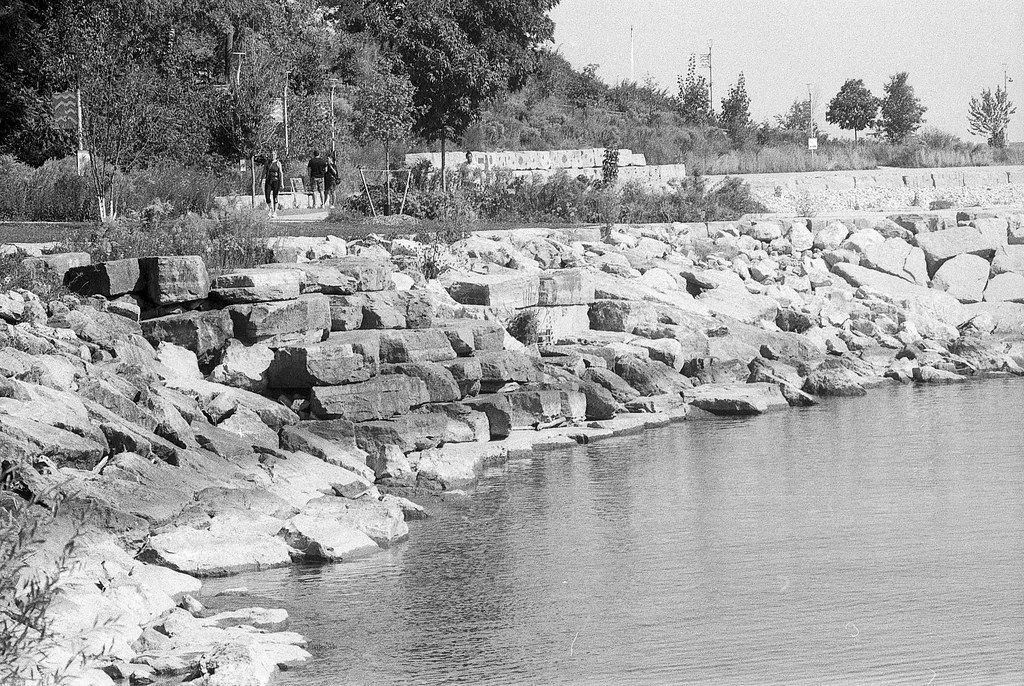

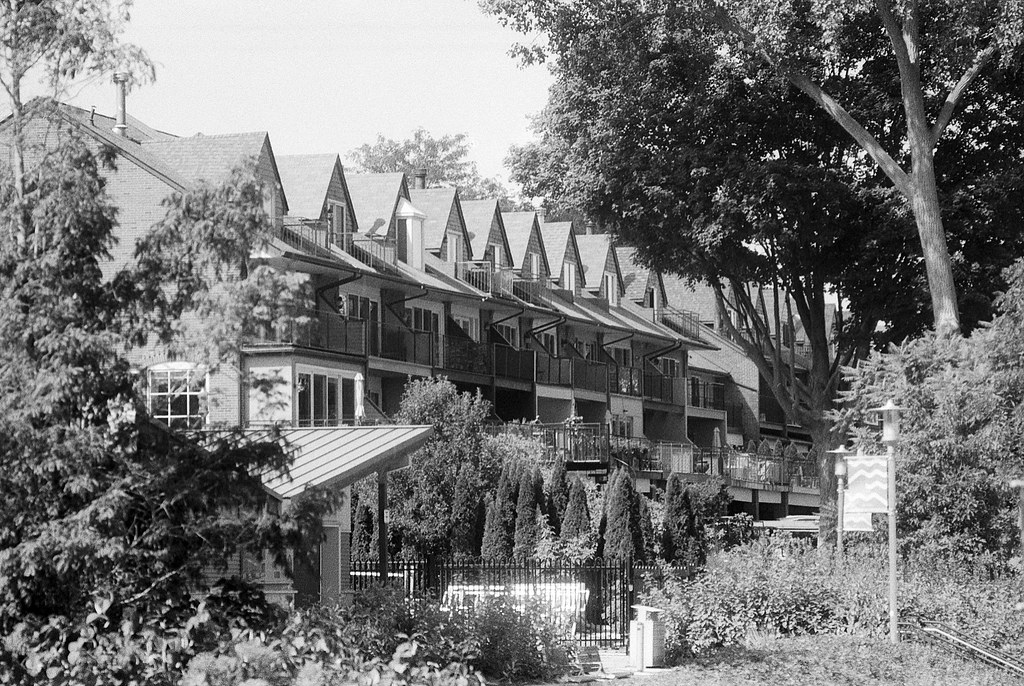

Qualities
I had doubts about this developer from the start, but it does live up to the expectations in the documentation. If you’re looking for a sharp, fine-grained developer, then FX-2 will deliver. I found the images pleasing, with excellent contrast adding to the sharpness. But you also got excellent edge-sharpness without too much increase in the visible grain. The contrast is at a middle to high place in my mind, and the negatives have perfect density. And they aren’t too hard to scan, and my V700 and Silverfast efficiently handled the negatives. There were lots of adjustments needed in Photoshop to bring the images to the point where I am happy with them. This is surprising because you lose a bit of speed on your films, which is less than a stop in most cases. When I take a step back, these results are easily achieved through more commonly available developers, which offer a more comprehensive range of development times than FX-2 and take much of the guesswork out of using FX-2.




Lowdown
I knew from before I even started working on this review that it would be a one-and-done developer. I don’t see myself using this developer for a couple of reasons. First and foremost is the need for more available time. Sure, it’s not a one-trick pony, but when you have such a limited number of listed times available. I tend to shy away, and it comes down to cost. Both money and time, to sit and try different films and nail down the times for each while running through the developer like crazy. Yes, if you were a bulk loader and could load short rolls and then try different EIs and development times, you could run through this efficiently. But I’m not that sort of photographer. In my honest opinion, if you like the results you get with FX-2 but want something more useful for a daily driver that presents similar results, go with Zone Imaging’s 510-Pyro.
Recommended Reading
Don’t just take my word on FX-2 check out these other blogs on the subject!
No Other Reviews Found!